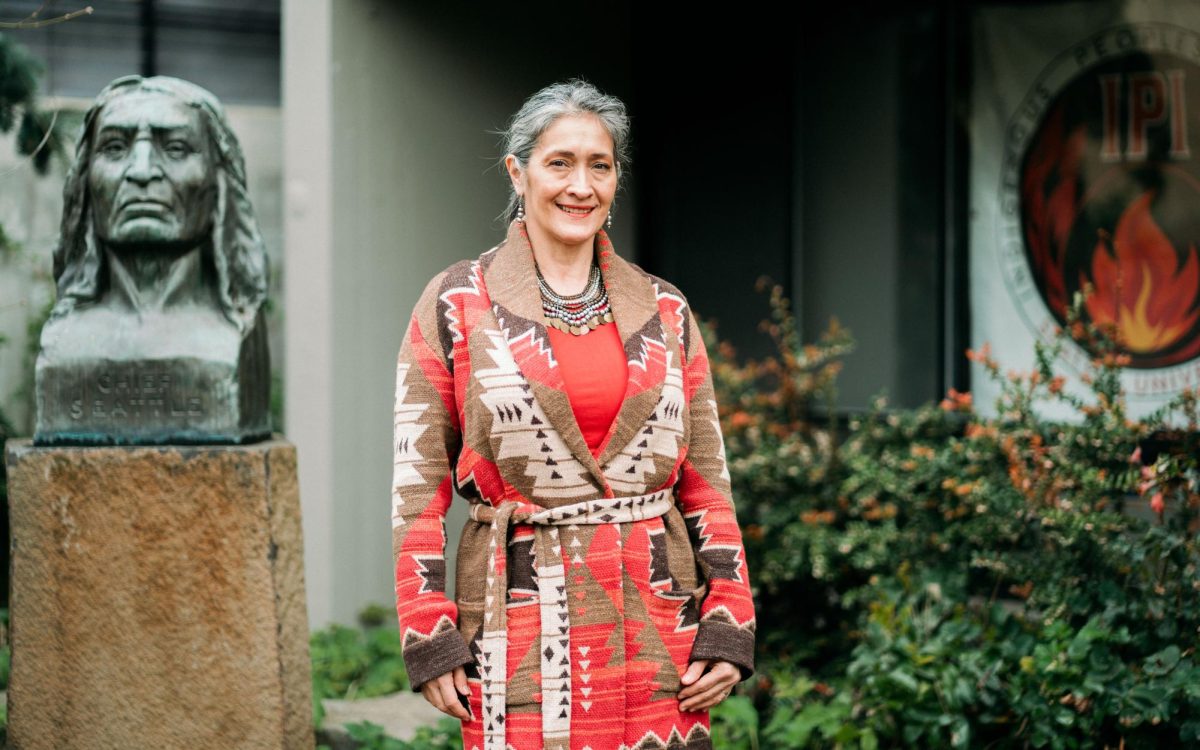The Student Events and Activities Council (SEAC) is responsible for facilitating the Seattle U traditions of Jet City Improv, the ‘80s Dance, Fall Ball, the quarterly Pancake Feed, Battle of the Bands, and Quadstock. SEAC is also the proud recipient of $10,000 in budget cuts this year.
They use their funding to facilitate all of their events, which includes not only the staple functions listed above, but also smaller attractions throughout the year, such as concerts and guest speakers.
“We put on weekly programs and special events throughout the year and so the money goes directly to providing those events for the campus,” said SEAC Vice President of Administration Kelsey Cook.
SEAC is overseen by Student Activities—a branch of Student Development that also manages other Seattle U institutions like Redzone, SGSU and campus clubs. Student Activities and Student Development provide the funding for SEAC and this year they’re giving $10,000 less.
Shifting from $100,000 to $90,000, SEAC is being forced to make some adjustments to accommodate that change. For the last two years, the SEAC budget has been $100,000, but that was actually a step up from their previous funding plan. In the past, SEAC worked with a budget of $91,000, requesting extra money to facilitate Quadstock every year when the time came. When SEAC’s allotted funding rose to $100,000, it was meant to include the budget for Quadstock. Now it’s dropping down to $90,000, similar to the norm before two years ago. However, this time the $90,000 has to provide for everything, Quadstock included.
Now, though, it has largely been made clear to students that programming may not be as robust as in years past.
“With less budget it won’t be as good as it was before. The quantity’s the same, but you won’t be able to make it as fun,” said junior Hizkia Wijaya.
Patrick Rossmann from Student Activities says that SEAC’s budget is flexible and should be able to adjust to the cuts. When asked how he expects SEAC to handle the decrease in funding, he cited that “being intentional and focusing on what’s the most effective programming” is what he anticipates to be their strategy. He said that they’re going to have to make a point of balancing their funding so that they don’t lose attendance at any of SEAC’s events.
All in all, SEAC holds more than 65 events every school year with the funding they are allotted. Instead of cutting any specific events completely, the plan is to scale back on every activity except for one: Quadstock. When SEAC began taking the budget cut into account, the yearly music festival was labeled a first priority as a program that should not suffer from the loss.
“It’s going to be a good year for Quadstock,” Cook promised.
SEAC is completely operated by students, who expect to be able to handle the budget cut well. An additional change from last year is that they moved from having six weekly programming positions to five. While this amendment to the program is not a direct result of the budget cut, SEAC believes it will help with handling the situation.
SEAC has a strategy for balance. Ultimately, their success will be measured in the quality and attendance retained.
SEAC aims “to provide excellent, creative, inclusive, educational and diverse programming to the Seattle U community in pursuit of the development of a vital and engaged campus, while expanding connections with administration, clubs, and organizations.” The stated SEAC mission statement remains the same, plus or
minus $10,000.
Cook is a senior designer at The Spectator.










